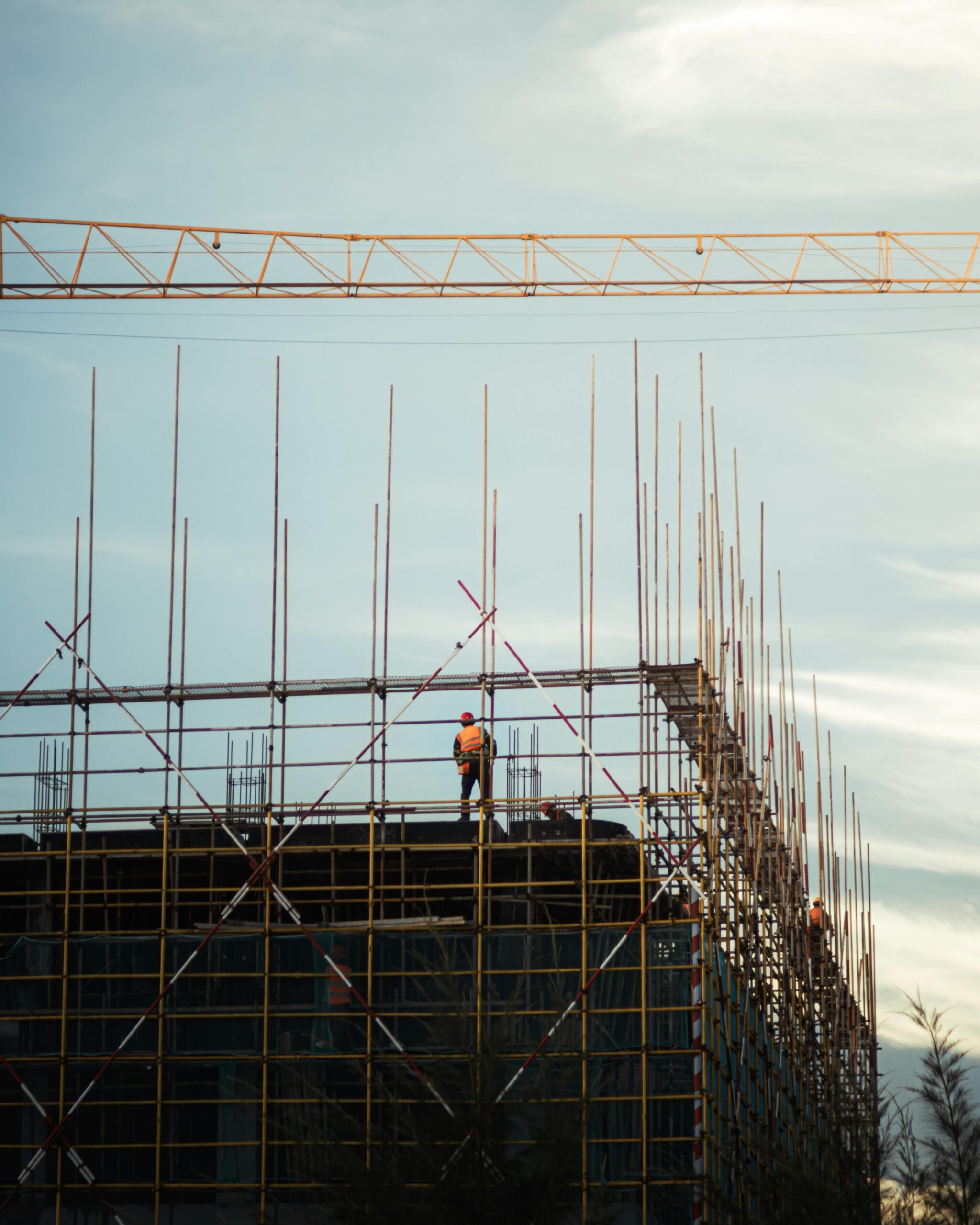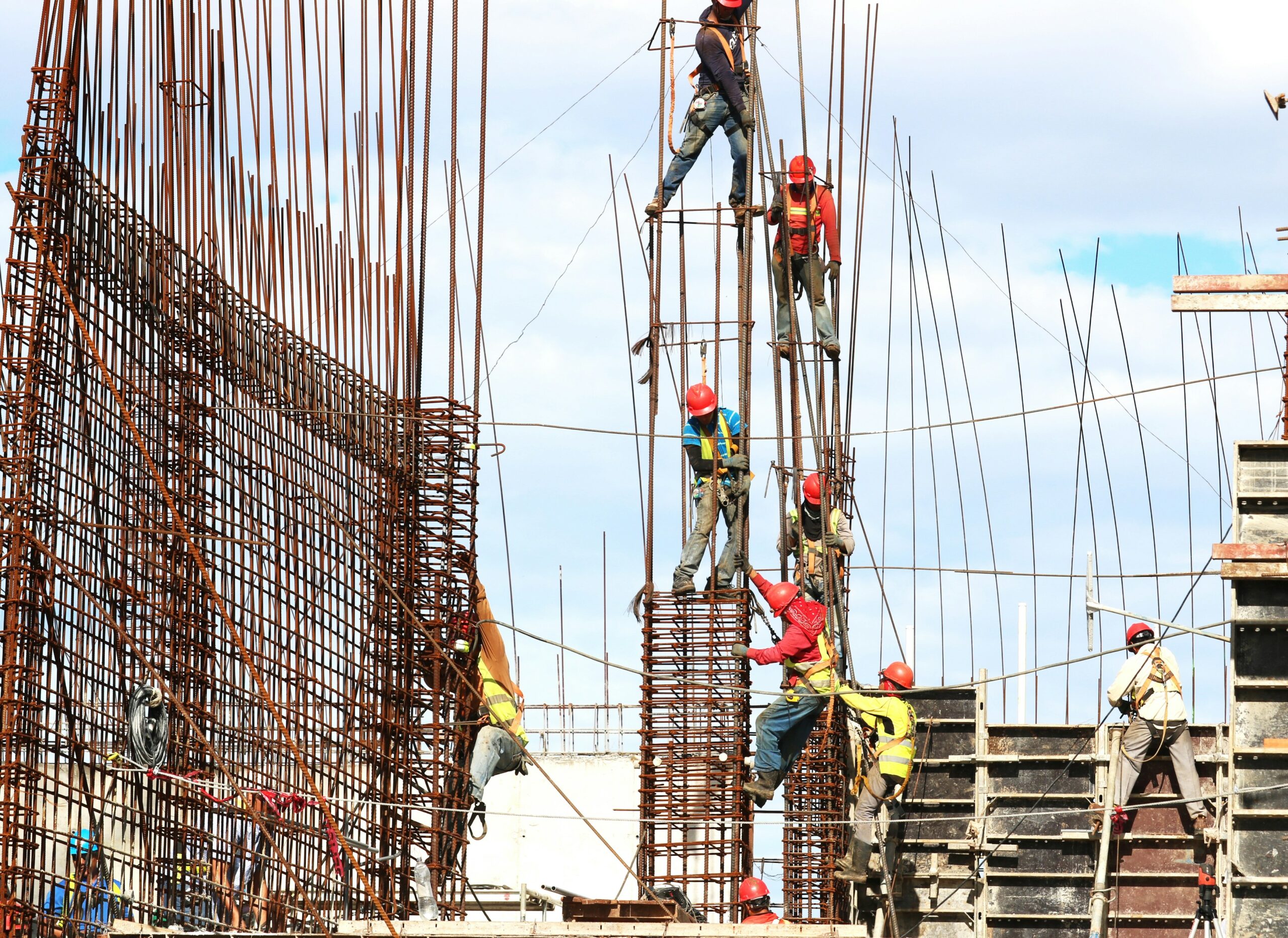
As we approach 2025, the commercial construction industry is rapidly evolving, influenced by new technologies, sustainability initiatives, and shifting market dynamics. Businesses planning construction projects or renovations must stay informed about these trends to remain competitive and efficient in their strategies.
One of the most significant trends shaping commercial construction is the growing emphasis on sustainability. Companies are actively integrating eco-friendly practices such as renewable energy, sustainable materials, and waste reduction methods. Commercial buildings designed with energy-efficient HVAC systems, solar power installations, and recycled or renewable construction materials not only reduce their environmental impact but also lower operational costs in the long run.
Another defining trend is the rise of modular and prefabricated construction methods. Prefabrication offers faster construction timelines, lower costs, and increased quality control. Buildings constructed using these techniques are becoming increasingly common, particularly in sectors that demand quick turnaround and flexibility, such as retail, hospitality, and healthcare.
Technology continues to drive transformation in the commercial construction sector. The adoption of digital tools like Building Information Modeling (BIM), virtual reality, and augmented reality facilitates better project visualization, precise planning, and enhanced collaboration among stakeholders. BIM specifically has proven invaluable by enabling construction teams to detect potential issues early, saving time and reducing expenses associated with changes during construction.
Additionally, smart building technology is emerging as a standard practice. These buildings utilize integrated systems, IoT (Internet of Things) devices, and automation to create responsive and efficient environments. Smart commercial buildings optimize energy use, monitor real-time performance data, enhance occupant comfort, and significantly reduce maintenance costs, making them attractive investments for forward-thinking companies.
Safety enhancements and compliance practices also continue to evolve, influenced by stricter regulations and improved safety technologies. Construction sites are becoming safer through advanced protective equipment, drones for monitoring site conditions, and real-time hazard detection technologies. A safer site environment means fewer delays, improved productivity, and reduced liability risks for project owners.
The use of robotics and autonomous machinery on commercial construction sites is growing steadily. Robots are increasingly taking on repetitive or dangerous tasks, increasing safety and productivity. From bricklaying robots to automated machinery for demolition and excavation, technology is reshaping traditional workflows, enhancing precision, and minimizing risks.
Market demands for flexible, adaptable spaces are reshaping commercial building designs. More businesses prefer spaces that easily transform to accommodate various operational requirements, employee needs, or even tenants. Architects and builders are now incorporating flexible design concepts, open-floor plans, and easily reconfigurable spaces to meet these evolving demands.
Another emerging trend is the heightened focus on wellness in building design. Wellness-centric designs prioritize occupant health and comfort by considering factors such as air quality, lighting, acoustics, and accessibility to natural spaces. Wellness-focused commercial buildings have shown higher employee satisfaction, productivity, and lower absenteeism, positively impacting overall business performance.
The increasing use of drones in the construction industry also marks a significant trend. Drones offer exceptional benefits, including surveying sites quickly and accurately, improving inspections, enhancing safety monitoring, and providing real-time project updates. The use of drones helps contractors stay agile and proactive in managing complex projects.
Finally, artificial intelligence and big data analytics are transforming project management. These technologies analyze vast amounts of data to predict project outcomes accurately, optimize resource allocation, and identify potential problems before they escalate. AI-driven tools assist project managers in making informed decisions, reducing project risk, and improving overall efficiency.
By keeping these trends in mind, businesses and developers will be better equipped to tackle the challenges and opportunities ahead, ensuring successful commercial construction projects in 2025 and beyond.
















